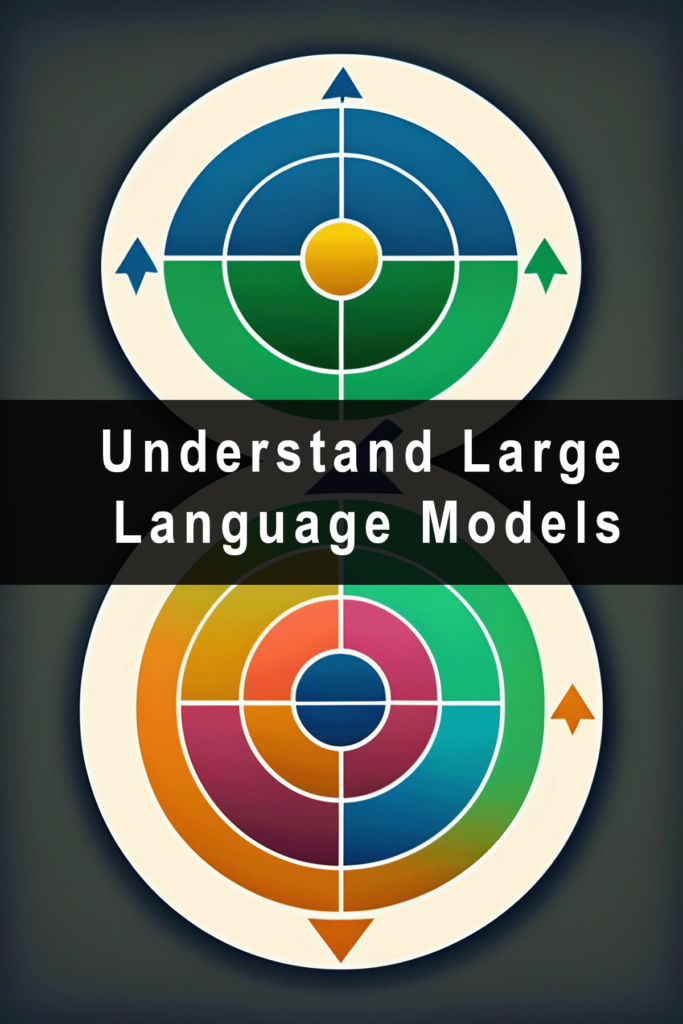Table of Contents
Introduction
In the realm of artificial intelligence, large language models have shown remarkable advancements, revolutionizing natural language processing tasks. One of the critical challenges in this field is effectively evaluating the performance of these models. To address this issue, we proudly introduce the Advanced Reasoning Benchmark (ARB), a cutting-edge evaluation system that pushes the boundaries of language model assessment. In this article, we will delve into the intricacies of ARB, highlighting its significance and how it empowers the AI community to make more informed decisions.
Understanding ARB
ARB is designed to be a comprehensive benchmark for large language models, focusing on their reasoning capabilities, contextual understanding, and real-world problem-solving skills. Unlike traditional language model evaluations that primarily rely on surface-level linguistic tasks, ARB delves into complex reasoning tasks that simulate real-life scenarios.
The motivation behind ARB’s inception was to bridge the gap between language models’ impressive performance on conventional benchmarks and their actual utility in real-world applications. Through ARB, we aim to identify the strengths and weaknesses of various language models accurately, allowing researchers and developers to fine-tune their models for specific use cases.

The Key Components of ARB
1. Real-World Scenario Simulation
ARB encompasses a diverse set of reasoning tasks, carefully curated to emulate real-world situations. These tasks span multiple domains, such as science, finance, technology, and more. By utilizing real-world scenarios, ARB pushes language models to generalize their understanding beyond pre-existing datasets, enabling them to tackle novel challenges.
2. Multi-Step Reasoning Challenges
Unlike traditional benchmarks that assess single-step tasks, ARB introduces multi-step reasoning challenges. Language models must demonstrate their ability to perform complex reasoning across multiple steps, mirroring the cognitive processes humans employ when solving intricate problems.
3. Contextual Adaptability
Contextual understanding is a hallmark of human intelligence, and ARB places significant emphasis on evaluating this aspect in language models. The benchmark presents tasks with varying levels of context, encouraging models to adapt their responses based on the given information.
4. Evaluation Metrics
To ensure fair and comprehensive evaluations, ARB employs a range of metrics, including accuracy, precision, recall, F1-score, and perplexity. These metrics provide a nuanced assessment of model performance, catering to different aspects of reasoning and comprehension.

The Significance of ARB in Advancing AI Research
1. Benchmarking Progress
ARB serves as a pivotal tool for tracking the progress of language models over time. By establishing a standardized evaluation platform, the AI community can objectively measure advancements in language model performance and identify areas that require further development.
2. Driving Innovation
With ARB, researchers are motivated to innovate and devise novel techniques to enhance their models’ reasoning capabilities. The benchmark fosters healthy competition, pushing the boundaries of AI research and development.
3. Real-World Applicability
The focus on real-world scenarios in ARB ensures that language models are not only proficient in isolated linguistic tasks but also equipped to tackle practical challenges across diverse domains. This applicability holds tremendous promise for real-world AI applications.

Frequently Asked Questions (FAQ) about Advanced Reasoning Benchmark (ARB)
Q: What is the Advanced Reasoning Benchmark (ARB)?
A: The Advanced Reasoning Benchmark (ARB) is a cutting-edge evaluation system designed to assess the performance of large language models in the field of artificial intelligence. Unlike traditional benchmarks, ARB focuses on complex reasoning tasks that simulate real-world scenarios, pushing language models to demonstrate their contextual understanding and problem-solving abilities.
Q: How does ARB differ from traditional language model evaluations?
A: While traditional evaluations mainly rely on surface-level linguistic tasks, ARB goes beyond and presents multi-step reasoning challenges in diverse domains. It emphasizes real-world scenario simulations, enabling language models to showcase their applicability in practical situations.
Q: What is the motivation behind creating ARB?
A: The creation of ARB was driven by the need to bridge the gap between language model performance on conventional benchmarks and their actual utility in real-world applications. By providing a standardized evaluation platform, ARB enables researchers and developers to gain deeper insights into the strengths and weaknesses of their models.
Q: How does ARB evaluate the reasoning capabilities of language models?
A: ARB evaluates reasoning capabilities through a curated set of multi-step reasoning tasks that require language models to comprehend the context and adapt their responses accordingly. The benchmark assesses various metrics, including accuracy, precision, recall, F1-score, and perplexity to provide a comprehensive evaluation.
Q: Can you provide examples of the tasks included in ARB?
A: Certainly! Some examples of tasks in ARB include complex scientific problem-solving, financial analysis with multiple variables, technology-related contextual reasoning, and more. These tasks are carefully designed to challenge language models and test their ability to reason across diverse scenarios.
Q: How does ARB contribute to advancing AI research?
A: ARB plays a crucial role in advancing AI research by providing a benchmark for tracking the progress of language models over time. Researchers can innovate and fine-tune their models based on ARB’s evaluation, fostering healthy competition and driving advancements in the field.
Q: What are the benefits of using ARB in real-world AI applications?
A: ARB’s focus on real-world scenarios ensures that language models are not only proficient in isolated tasks but also capable of addressing practical challenges across various domains. This makes ARB highly relevant for developing AI applications that require contextual understanding and problem-solving abilities.
Q: How can researchers and developers access ARB for evaluation?
A: Access to ARB can be obtained through its official platform, where researchers and developers can submit their language models for evaluation. The platform provides detailed feedback and performance metrics, empowering participants to make informed decisions to improve their models.
Q: Is ARB open for public use and contributions?
A: Yes, ARB is designed to foster collaboration and community engagement. It is open for public use, and contributions from the AI community are encouraged to continually enhance the benchmark and ensure its relevance in the ever-evolving field of artificial intelligence.
Q: What impact is ARB expected to have on the AI landscape?
A: ARB’s introduction is expected to have a profound impact on the AI landscape. By setting a new standard for language model evaluation, ARB will drive innovation, inspire research, and ultimately unlock the full potential of large language models to benefit society in diverse applications.

Conclusion
In conclusion, the Advanced Reasoning Benchmark (ARB) represents a groundbreaking advancement in the evaluation of large language models. By simulating real-world scenarios and emphasizing multi-step reasoning, ARB sets a new standard for assessing the true potential of AI models. As the AI landscape continues to evolve, ARB will play a pivotal role in driving innovation, encouraging research, and unlocking the full potential of language models to benefit society at large.

2 thoughts on “Introducing Advanced Reasoning Benchmark (ARB): A Groundbreaking Evaluation for Large Language Models”